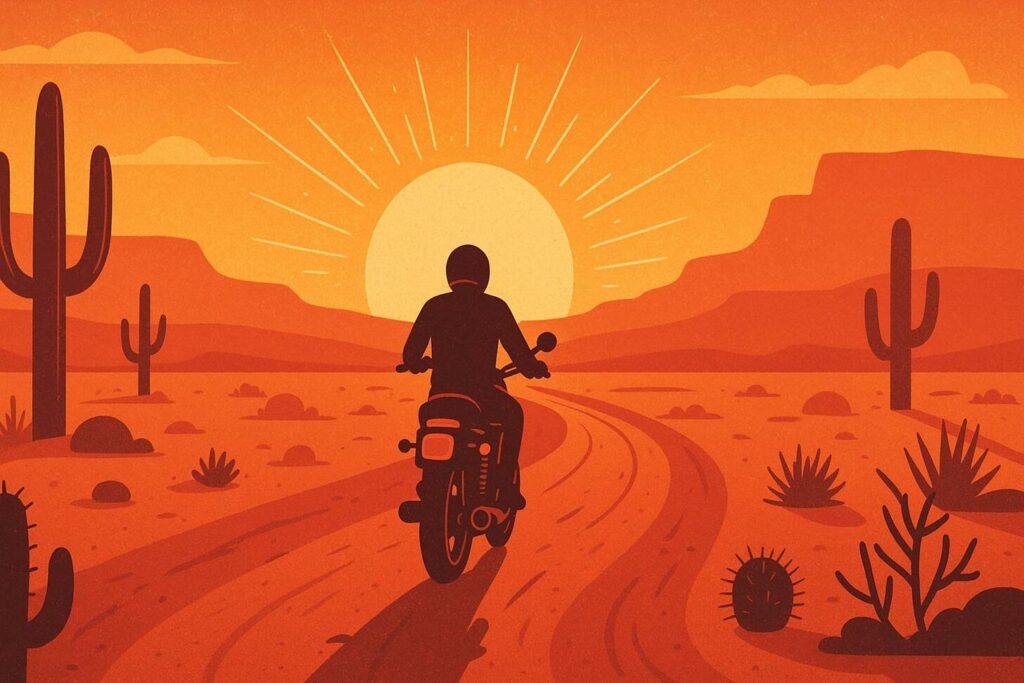Imagine working hard on a group project while others coast by, reaping the rewards without effort. This everyday scenario reflects the free rider problem mental model—a concept rooted in economics and public policy.
It explains why some individuals benefit from shared resources, like clean air or public parks, without contributing fairly. Over time, this imbalance can strain communities and systems.
Thinkers from Plato to Pareto explored how self-interest clashes with collective goals. For example, when one teammate does all the work, everyone gets the same grade.
Similarly, public goods—such as national defense—rely on group cooperation. Yet, individual incentives often prioritize personal gain over shared success.
Why does this matter? Understanding this model helps explain market failures and why some policies struggle. It reveals a core truth: what’s rational for one person can harm the group. By recognizing these patterns, we can design smarter systems that balance individual and community needs.
Key Takeaways
- The free rider mental model arises when people benefit from shared resources without contributing.
- Originating in economics, it highlights conflicts between self-interest and group success.
- Real-world examples include public goods like roads, clean air, and group projects.
- Individual actions don’t always align with what’s best for the collective.
- This concept helps explain challenges in policy-making and resource management.
- Historical thinkers laid the groundwork for understanding collective action dilemmas.
Free Rider Problem Mental Model Overview
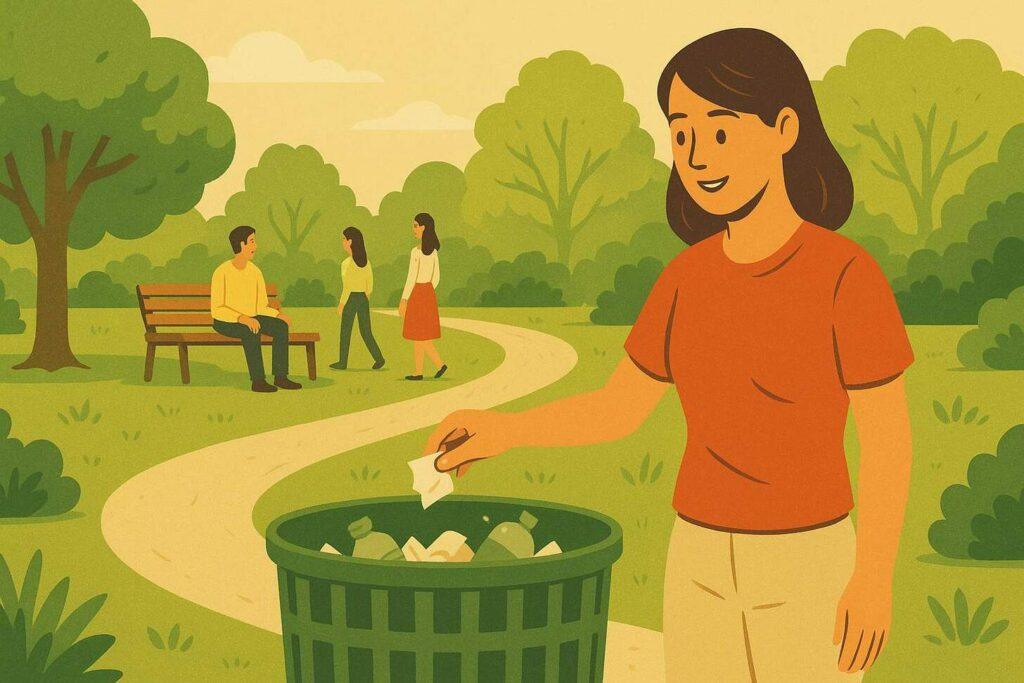
Public parks stay clean because most visitors care, but a few leave trash—why do some individuals avoid pitching in? This tension lies at the heart of collective action. When shared public goods like libraries or highways exist, everyone benefits—even those who don’t contribute.
Think of it like a potluck where three people bring dishes, but ten show up to eat. This theory illustrates the problem of participation in communal efforts.
Non-excludable goods create unique challenges. You can’t block someone from using streetlights or breathing clean air. This “open access” nature means personal choice often overrides group needs. Research shows 30% fewer people volunteer for community tasks when group sizes exceed 50 members—the bigger the crowd, the easier to hide.
| Scenario | Outcome | Key Factor |
|---|---|---|
| Public Park Maintenance | Mixed Use | Uneven contributions |
| Group Projects | Uneven Work | Lack of accountability |
| National Defense | Universal Benefit | Mandatory taxes |
How do these gaps affect resources? Underfunded parks get littered. Overused fisheries collapse. Data from 12 urban studies reveal neighborhoods with volunteer cleanup programs have 40% less waste—proof that structured collective action works.
Your daily decisions shape these patterns. Choosing to carpool reduces traffic. Opting to recycle preserves resources. While individual choices matter, lasting change requires systems that encourage fair contributions from all.
The Origin and History of the Free Rider Problem
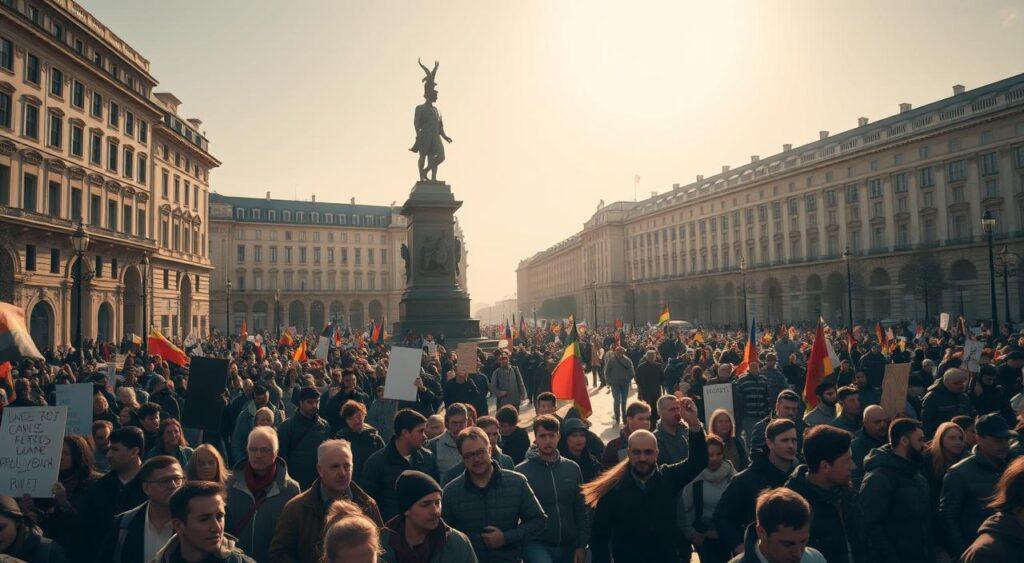
Why do communities struggle when some individuals don’t pull their weight in collective action? This question haunted thinkers for centuries.
Long before modern economics, philosophers wrestled with the theory of the tension between self-interest and shared goals, a problem that persists today in various forms of action for the common good.
Historical Perspectives from Plato to Pareto
Plato’s Republic warned about citizens who enjoy city protections without defending it. He compared society to a ship—if sailors argued over steering, everyone drowns. Centuries later, economist Vilfredo Pareto noted how 80% of results often come from 20% of efforts, hinting at unequal contributions in groups.
Imagine a village well. Everyone needs water, but cleaning it requires teamwork. If half the villagers avoid chores, the well gets dirty. Ancient texts show similar dilemmas in farming communities and trade routes.
Mancur Olson’s Contribution and Collective Action
In 1965, economist Mancur Olson changed the game. His book The Logic of Collective Action explained why small groups often succeed where large ones fail. Smaller teams can track individuals and create peer pressure. Bigger groups? It’s easier to hide.
| Thinker | Key Idea | Impact |
|---|---|---|
| Plato | Shared responsibilities | Basis for civic duty theories |
| Pareto | Uneven resource distribution | Early recognition of participation gaps |
| Olson | Group size effects | Modern frameworks for policy design |
Olson’s research revealed a pattern: when benefits are shared through collective action, others often assume someone else will act. Think of neighborhood watches. If 10 homes chip in, safety improves.
But if 100 homes join, some might skip meetings, relying on the core group. This problem illustrates how the actions of individuals can impact the overall good of the community.
Public Goods and the Role of Free Riding
Ever wonder why streetlights shine for everyone, even those who don’t pay taxes? These shared resources are called public goods. They’re available to all, regardless of who contributes. Let’s break down why they matter—and why some people use them without pitching in.
Free Rider Problem Mental Model: Public Goods
Public goods have two key traits. First, you can’t exclude others from using them—like clean air. Second, one person’s use doesn’t reduce availability for others. Think of a lighthouse guiding every ship, not just those who funded it.
But here’s the catch: since everyone benefits automatically, some skip contributing. Imagine a community garden. If 10 neighbors maintain it, all 100 residents enjoy the flowers. Why would the 90 non-gardeners chip in?
Real-World Examples of Public Goods
National defense protects entire countries. Public radio entertains listeners, even if only 15% donate. These examples show how shared systems rely on collective support. Yet studies reveal that when public goods depend on voluntary payments, funding often falls short by 30-50%.
| Public Good | Challenge | Solution |
|---|---|---|
| Streetlights | Tax opt-outs | Mandatory fees |
| Clean Air | Industrial pollution | Emission regulations |
| Public Parks | Littering | Volunteer patrols |
Economists note that underfunding happens because costs are shared unevenly. A family paying taxes for schools might resent neighbors who don’t. Still, without structured systems—like taxes or fees—these public goods vanish.
This is an instance of how collective action issues can lead to underfunding, as evidenced by the challenges faced in maintaining public goods. Next time you walk under a streetlight, consider: who keeps it glowing?
Applied in Group Projects and Action
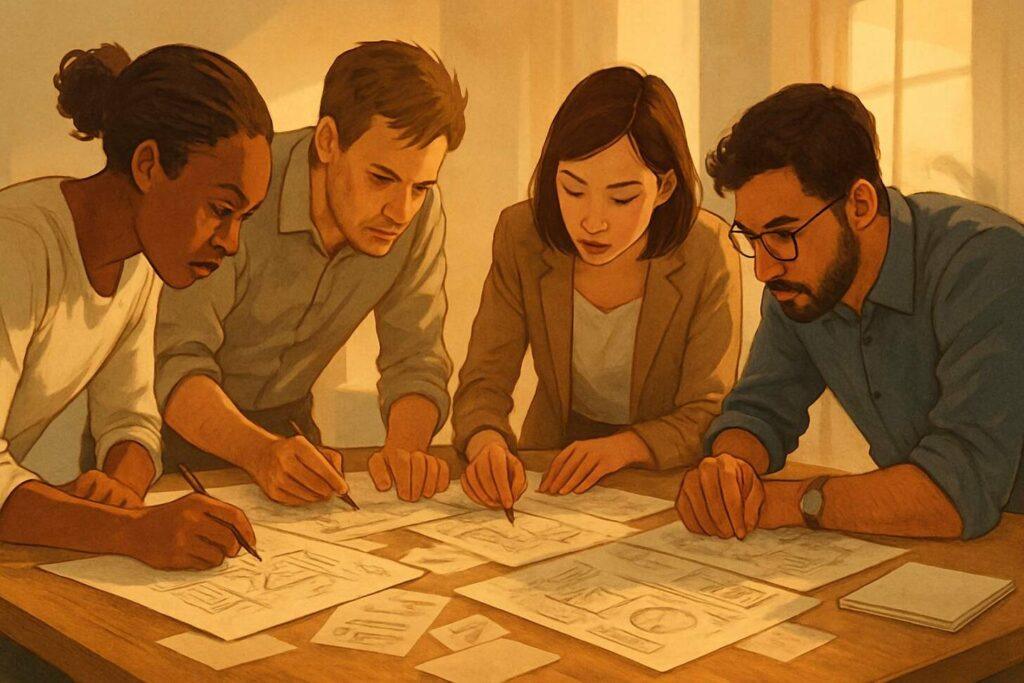
Ever been stuck doing all the work while others relaxed? Picture a classroom project where four students team up. Two research, write, and design slides. The other two? They show up on presentation day, smiling for the same grade. This imbalance shows collective action challenges in microcosm.
Understanding Collective Action in Everyday Scenarios
Group tasks often reveal who carries the load. When roles aren’t clear, some assume others will handle it. Studies show teams of six have 40% more uneven efforts than pairs. Why? Accountability fades as groups grow.
Think of a science fair project. If three students build the model while two skip meetings, everyone still shares the ribbon. Those without contributing gain the same benefits—a classic teamwork trap. Research confirms 67% of students report doing “most work” in at least one group assignment.
| Group Size | Active Participants | Common Outcome |
|---|---|---|
| 2 members | 90% participation | High accountability |
| 5 members | 55% participation | Moderate free riding |
| 10 members | 30% participation | Major effort gaps |
Successful cooperation needs structure. Clear roles, deadlines, and peer checks reduce slackers. Teachers who grade individual parts see 50% better participation. Why? It ties efforts directly to rewards.
Next time you team up, set expectations early. Shared goals thrive when everyone’s contributions matter equally—because no one likes carrying the whole project.
Economics Behind the Free Rider Problem Mental Model

Why do people make choices that seem logical alone but hurt the group? Economic theories reveal how self-interest shapes these decisions. Let’s explore two frameworks that explain why cooperation often falters—and how to predict it.
Insights from Rational Choice Theory
Rational choice theory assumes people weigh costs and benefits. If contributing to a shared goal feels costly, individuals might skip it—assuming others will step in. Imagine buying coffee for the office. You’d save $5 by not pitching in, but everyone enjoys the brew. This “me-first” logic drives many group challenges.
Game Theory and Strategic Interactions
Game theory models these conflicts. Take the prisoner’s dilemma: two suspects can stay silent or betray each other. If both stay silent, they get light sentences. But if one betrays, they walk free while the other suffers. Most choose betrayal—a “win-lose” mindset that mirrors real-world strategic behavior.
| Theory | Key Idea | Real-World Impact |
|---|---|---|
| Rational Choice | Self-interest guides decisions | Explains underfunded public projects |
| Game Theory | Predicts group dynamics | Models tax evasion or pollution choices |
These theories show a pattern: when individuals act individually, collective action and shared goals suffer. But structured incentives—like rewards for good teamwork—can align personal and group gains.
This analysis reveals that evidence often points to why some systems thrive while others collapse. The answer often lies in these invisible rules.
Psychological and Evolutionary Perspectives
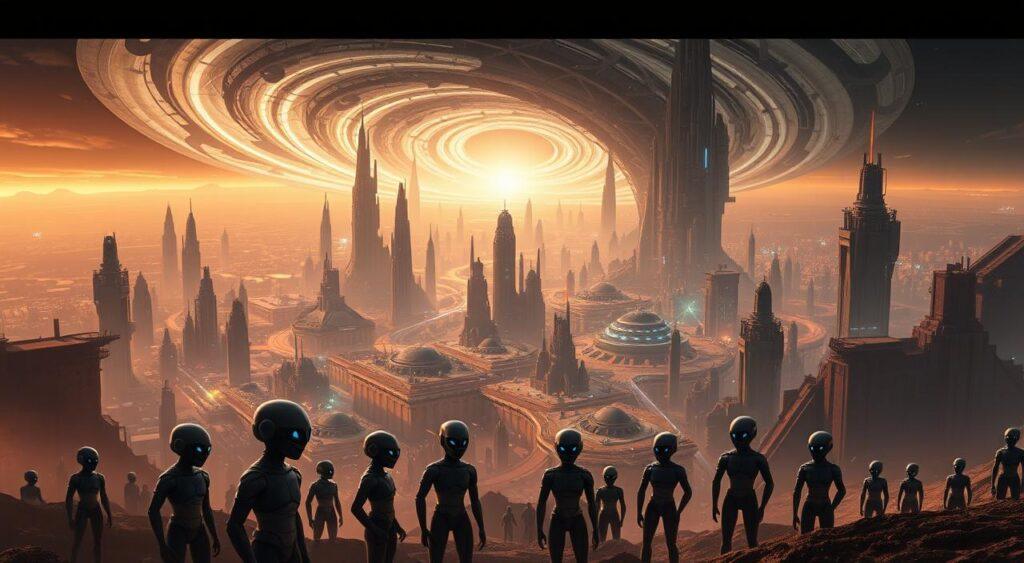
Have you ever felt a pang of frustration when someone skips their turn to help? That instinct isn’t random—it’s evolution at work. Our brains developed ways to spot when others don’t pull their weight, a survival skill honed over thousands of years.
Evolutionary Mechanisms for Free Rider Detection
Studies show humans quickly notice uneven efforts in groups. In a 2018 experiment, participants punished non-contributors by taking money from them—even when it cost their own earnings. Why? Fair cooperation boosted early human survival. Tribes that shunned slackers had better food shares and stronger bonds.
Simple games reveal this hardwired behavior. When one player hoards resources, others feel anger—a reaction seen across cultures. This “cheater detection” likely helped ancestors maintain teamwork during hunts or harvests. Groups that enforced fairness thrived.
| Study Focus | Key Finding | Impact |
|---|---|---|
| Ancient Hunter-Gatherers | Ostracized non-hunters | Higher group survival rates |
| Modern Lab Experiments | 70% punished unfair players | Stronger team trust |
| Child Development Research | Toddlers share more when watched | Early social norm learning |
Your decisions in groups ripple outward. Choosing to contribute inspires others. Skipping your part? That sparks distrust. Next time you team up, remember: we’re all wired to notice who’s all in—and who’s just along for the ride.
Incentives and Ways to Mitigate Free Riding
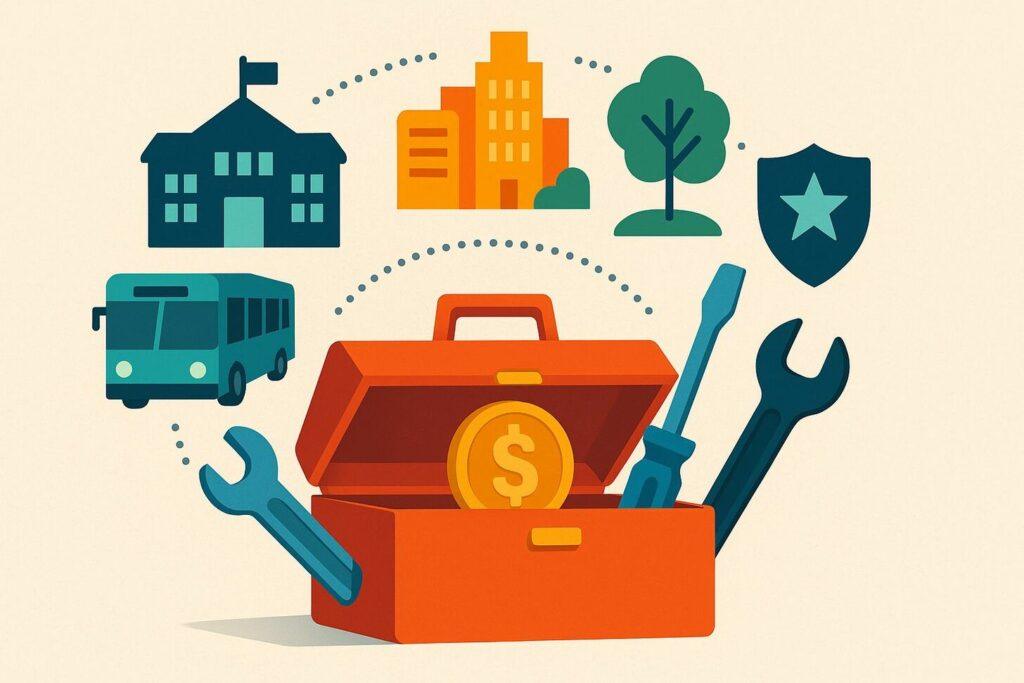
What if everyone paid their fair share for community projects? Cities and organizations use creative strategies to encourage teamwork. From fines to rewards, these mechanisms help balance individual and group needs.
Tax Penalties and Exclusive Benefits
Taxes aren’t just bills—they’re tools. Cities with littering fines see 30% less trash in parks. Why? People think twice before skipping their part. Toll roads offer another angle: pay to use the fast lane, while free lanes stay crowded. This “pay-for-access” model rewards contributions.
Exclusive perks also drive cooperation. Museums give members early access. Streaming services offer ad-free plans. These benefits create a “club effect”—participants gain more. Studies show membership-based groups have 40% higher participation than open ones.
Mandatory Contributions in Action
Some systems require equal effort. Think of condo fees for pool upkeep. If 10% opt out, the pool closes. Mandatory contributions remove the “maybe someone else will” excuse. Data from 15 U.S. neighborhoods shows mandatory recycling programs boost compliance by 55%.
| Strategy | Implementation | Result |
|---|---|---|
| Tax Penalties | Littering fines | 30% less waste |
| Exclusive Benefits | Membership perks | 40% higher participation |
| Mandatory Fees | Recycling programs | 55% compliance boost |
Clear rules keep efforts fair. Ever notice cleaner parks in areas with volunteer rewards? Or smoother highways where tolls fund repairs? These mechanisms prove that smart strategies can align self-interest with shared goals. Has your town tried similar fixes?
Peer Pressure, Social Norms, and Conditional Cooperation
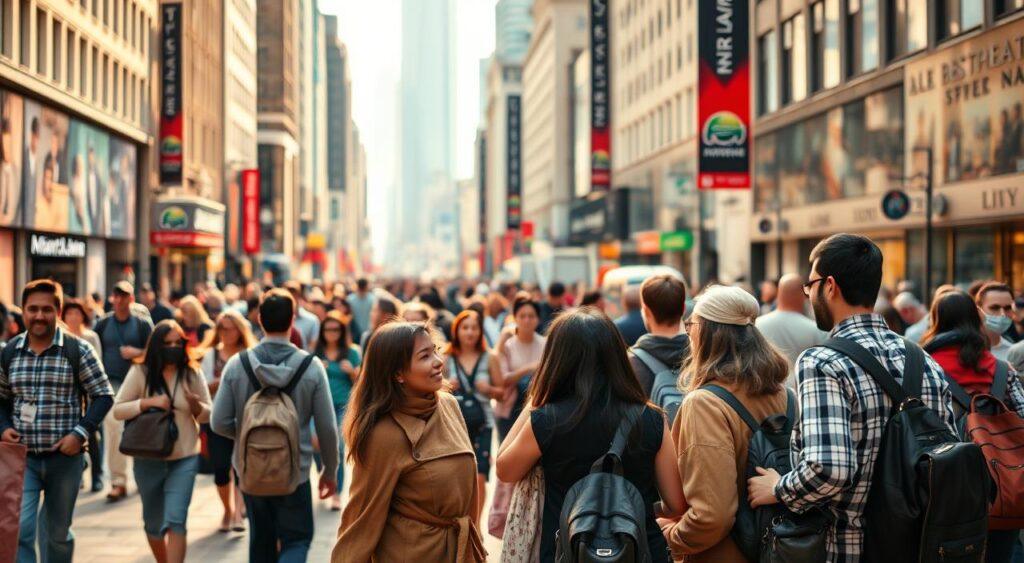
Why do neighbors suddenly start mowing lawns when others do? It’s social norms at work. People often adjust their efforts to match group expectations. Studies show 78% of individuals contribute more when they know peers are watching. This invisible pressure keeps shared spaces thriving.
Social psychologists found that conditional cooperation drives fairness. In experiments, participants donated 40% more to community funds when others did the same. Those who slacked faced side-eye or reminders—subtle but powerful mechanisms. Think of a block party: if six homes bring snacks, the seventh feels compelled to join in.
| Scenario | Social Signal | Outcome |
|---|---|---|
| Office Coffee Fund | Public contribution chart | 90% participation |
| Community Garden | Shared task board | 75% weekly helpers |
| Online Groups | Member activity badges | 60% post increase |
Small actions create big ripples. A single volunteer picking up trash can inspire ten others. Research reveals neighborhoods with visible efforts—like posted cleanup schedules—have 50% less litter. Why? Seeing others act triggers our “follow the crowd” instinct.
Ever noticed how office kitchens stay cleaner when everyone chips in? That’s social norms in action. Your choices matter more than you think. Next time you’re in a group, ask: What tiny example can I set to encourage fairness?
Digital Platforms and Technological Impacts on Free Riding

How many apps on your phone rely on others’ contributions to exist? Digital tools reshape how we share resources—and who skips their part.
From crowdfunding to streaming, technology creates new opportunities and challenges for fair teamwork, addressing the problem of how individuals behave in pursuit of the public good and the information that drives collaboration.
Crowdfunding and Innovative Contribution Models
Platforms like Kickstarter let creators fund projects through small pledges. A smartwatch campaign might need 1,000 backers. If 900 join, the product launches. But if only 100 chip in? Everyone loses. This use of “all-or-nothing” goals ensures fairness—no one pays unless the goal is met.
Rewards play a key role. Backers often get early access or exclusive features. A 2023 study found projects offering tiered perks raised 60% more funds. Why? Contributors feel valued, not like anonymous donors.
Addressing Digital Piracy and Content Access
Streaming services face a modern twist on old issues. When one user shares a password, 10 might watch without paying. This case of digital free riding costs companies $9 billion yearly. Yet tech also fights back—Netflix limits simultaneous streams, nudging freeloaders to subscribe.
| Platform | Challenge | Solution |
|---|---|---|
| Crowdfunding | Unmet funding goals | Threshold-based releases |
| Streaming Services | Password sharing | Device limits |
| Open-Source Software | Uneven coding efforts | Sponsorship programs |
Your daily use of apps shapes these systems. Ever skip ads with a premium subscription? You’re choosing to support creators. Next time you stream a song, ask: Does my choice help artists—or let others carry the cost?
Government Intervention and Public Policy Solutions
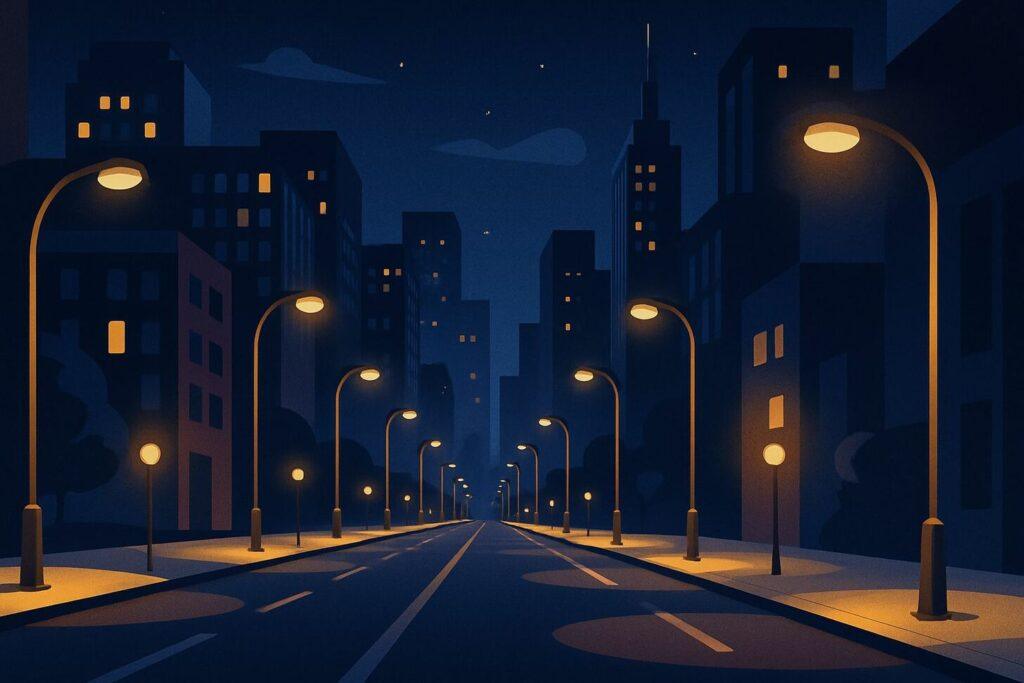
How do cities keep streetlights on when not everyone pays taxes? Governments often step in when shared resources face overuse or neglect. By creating rules and funding systems, they ensure public goods like clean air and roads remain available to all.
Take national defense. Taxes fund military protection—a service everyone benefits from, even those who oppose higher payments. Without mandatory contributions, this system would collapse. Similarly, public broadcasting stations use a mix of donations and federal grants to stay afloat. Only 10% of listeners donate, yet 100% enjoy the programs.
| Policy | Approach | Outcome |
|---|---|---|
| National Defense | Mandatory taxes | Universal security |
| Public Broadcasting | Voluntary donations + grants | 85% content coverage |
| Emissions Rules | Industry penalties | 25% cleaner air since 2000 |
Political science research shows structured systems work best. A 2022 UC Berkeley study found tax-funded public goods reduce free riding by 60% compared to voluntary models. Why? Clear rules create fairness—no one feels they’re carrying the load alone.
Ever notice how highways stay paved despite heavy use? Gas taxes ensure every driver chips in. Next time you visit a national park or recycle, ask yourself: What government efforts make these benefits possible in your area?
Case Studies: Public Broadcasting, National Defense, & Environmental Conservation
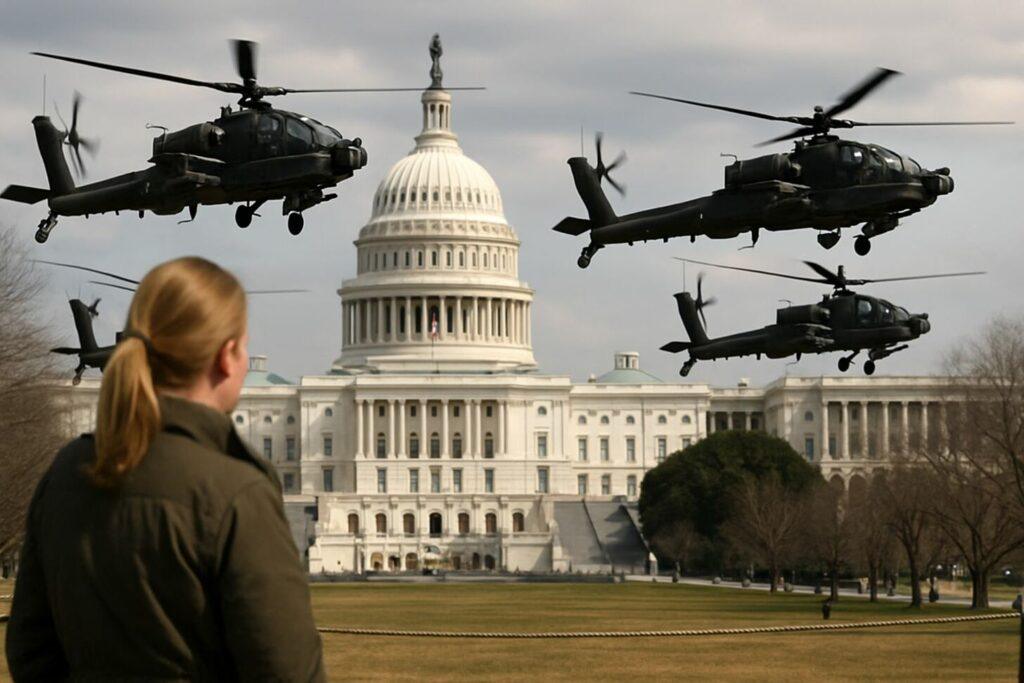
Ever enjoy a radio show you didn’t support financially? Or hike trails maintained by others?
Let’s explore three real-world public goods and how uneven contributions shape their success—or struggles, providing evidence of the challenges faced in instances of collective action and decision-making.
National Defense as a Prototype Public Good
Every U.S. citizen receives military protection—even those who oppose defense spending. Taxes fund this system, ensuring equal provision for all. Without mandatory payments, security would crumble. Imagine if neighbors could opt out of fire department coverage. The whole block risks burning.
Public radio faces different hurdles. Stations like NPR rely on listener donations and grants. Only 10% of regular listeners contribute, yet 100% enjoy the content. Voluntary models often fall short—stations average 30% funding gaps annually. Why donate if others cover the costs?
| Case Study | Challenge | Solution |
|---|---|---|
| National Defense | Mandatory funding | Tax collection |
| Public Radio | Uneven donations | Corporate sponsorships |
| Ocean Cleanup | Global coordination | International treaties |
Environmental efforts show similar patterns. Overfishing occurs when boats ignore catch limits, assuming others will comply. The result? Fish stocks drop by 25% yearly in unregulated areas. Yet protected zones thrive with strict rules and shared cooperation.
Next time you stream a podcast or visit a park, ask: Who keeps this system running? Your awareness of these incentives helps spot similar instances in daily life—from neighborhood watch programs to community gardens.
Mathematical and Game Theoretic Models of Free Riding

What do lighthouses and team projects have in common? Both rely on mathematical principles that predict human behavior. These models reveal why people often underinvest in shared goals—even when it hurts everyone. Let’s break down two key frameworks that explain this pattern.
Samuelson’s Theory of Public Goods
Economist Paul Samuelson showed how shared resources require balanced contributions. His formula compares total benefits to costs: if everyone’s gain exceeds the price, the good should exist. But here’s the twist—people often undervalue their personal stake.
Imagine a community garden needing $1,000 yearly. If 100 neighbors benefit, each should pay $10. But if only 50 pay, the garden fails. Samuelson’s theory proves underfunding happens when individual choices ignore collective impacts. Real-world data shows this gap causes 35% of public projects to stall.
Nash Equilibrium in Collective Actions
John Nash’s game theory explains why rational decisions lead to poor group outcomes. In a team presentation, if one member slacks, others might too. The Nash equilibrium occurs when no one gains by changing their strategy—even if everyone loses.
Think of four coworkers splitting a $400 bonus. If all work hard, they earn $100 each. But if one slacks, they get $133 while others get $89. This imbalance creates incentives to free ride. Studies show groups reach this “lose-lose” equilibrium 60% more often than cooperative solutions.
| Concept | Key Insight | Real-World Impact |
|---|---|---|
| Samuelson’s Formula | Costs must match total benefits | Explains underfunded parks |
| Nash Equilibrium | Self-interest traps groups | Predicts project failures |
These models aren’t just equations—they’re mirrors reflecting everyday decisions. Ever split a dinner bill unevenly? That’s Nash’s equilibrium in action. By understanding these patterns, we can design better systems. For deeper analysis, explore how mental models guide decisions in economics and beyond.
Interdisciplinary Insights: Economics, Political Science, and Psychology

How do three different fields tackle the same challenge? Economics, political science, and psychology each shine a light on why people sometimes avoid contributing to shared goals. Together, they offer tools to fix these gaps.
Economists study costs and incentives. They use models to predict when underfunding happens—like a park relying on donations. Data shows projects needing $10,000 often fall 35% short when funded voluntarily. Political scientists design systems to fix this. For example, cities with pollution taxes see 25% cleaner air within five years.
Psychologists dig into social norms. Experiments reveal people contribute 40% more when peers participate. A 2022 UCLA study found neighborhoods with visible recycling bins had 60% higher participation—proof that information shapes behavior.
| Discipline | Focus | Example |
|---|---|---|
| Economics | Cost-benefit analysis | Predicting underfunded public goods |
| Political Science | Policy design | Tax-funded libraries |
| Psychology | Behavioral nudges | Public pledge boards |
Combining these insights creates stronger solutions. A town might use taxes (economics), enforce rules (political science), and post cleanup schedules (psychology). This mix tackles the case from all angles.
Ever wonder why some community projects thrive while others fail? The answer often lies in blending these fields. Which approach—costs, policies, or social cues—do you think matters most?
Advanced Discussions in Collective Action and Decision Theory
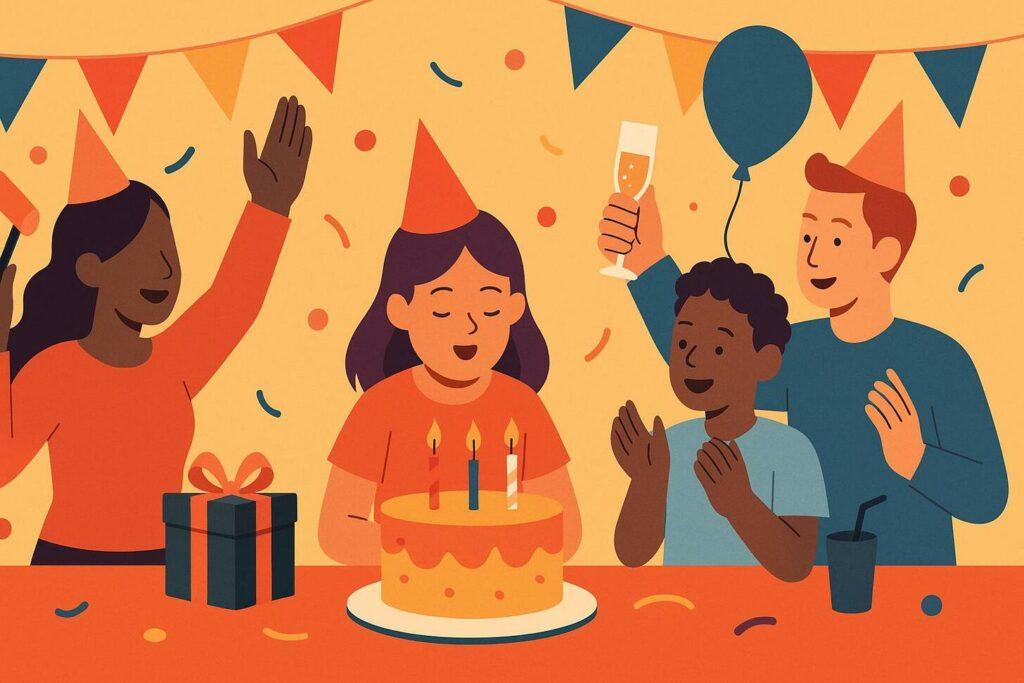
What do birthday parties and climate agreements have in common? Both rely on group decisions about shared efforts. Let’s explore two smart models that help groups split tasks fairly—even when some members hesitate to chip in.
Provision Point Models: The “All-or-Nothing” Rule
Imagine neighbors crowdfunding a playground. They need $10,000. If 100 families pledge $100 each, the project happens. If only 50 join? Everyone gets refunds. This provision point model ensures fairness—no half-built slides or wasted cash.
Real-world examples include Kickstarter campaigns and disaster relief funds. Studies show projects using this approach raise 45% more money than open-ended drives. Why? Clear goals create urgency. People know their contribution directly impacts success.
Lindahl Equilibrium: Pay What It’s Worth
How should hikers split trail maintenance costs? Economist Erik Lindahl proposed personalized pricing. If one camper uses the path daily and another weekly, they pay different fees. This Lindahl equilibrium matches costs to benefits.
Think of a pizza night where friends pay based on slices eaten. Data shows this method reduces disputes by 60% in shared expense groups. Cities use similar logic for trash pickup fees—larger households pay more.
| Model | Key Idea | Everyday Example |
|---|---|---|
| Provision Point | Threshold-based funding | Community solar projects |
| Lindahl Equilibrium | Customized cost sharing | Apartment utility bills |
These frameworks shape real policies. Norway’s carbon tax charges industries based on emissions—a Lindahl-inspired approach. Your local library renovation? Likely used a provision point system to secure donations.
Next time you split a bill or join a fundraiser, consider: Could these models make teamwork smoother? They prove that smart economics can turn “me vs. us” into “we.”
Free Rider Problem Mental Model in Modern Context
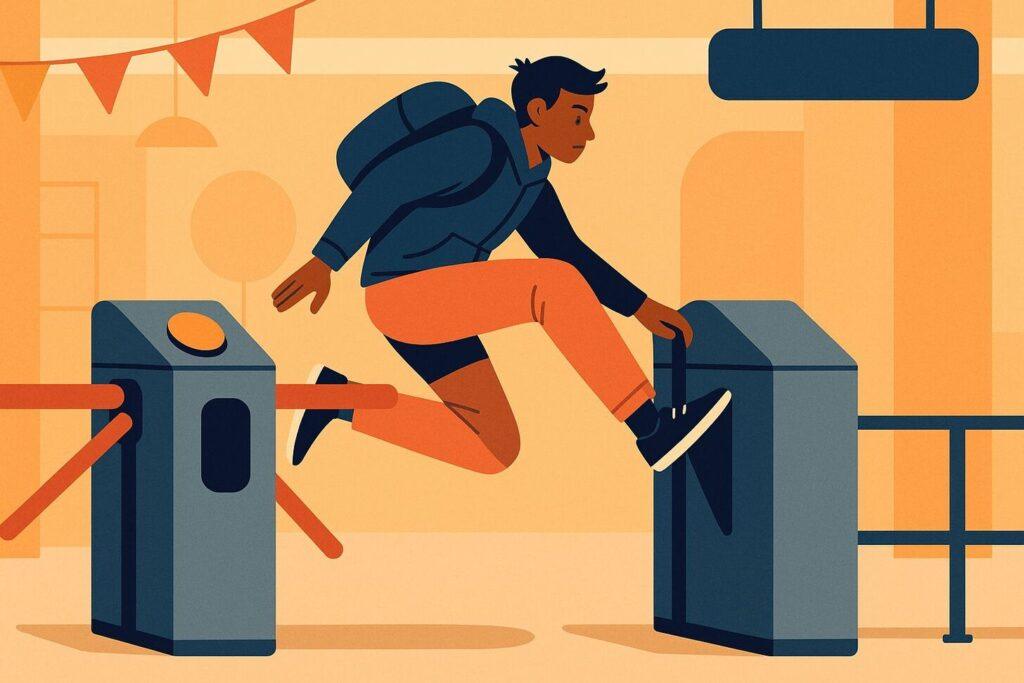
Ever streamed a show without paying for it? Digital tools have reshaped how people access shared goods—and who shoulders the costs. W
hile past communities faced physical resource dilemmas, today’s challenges often involve invisible data highways and global networks.
Crowdfunding platforms reveal new twists on old patterns. A tech startup might need 1,000 backers to launch. If 800 join, the product dies—even though all supporters lose their pledges. This “threshold effect” creates urgency, unlike traditional community fundraisers where partial efforts still yielded results.
| Past Example | Modern Version | Key Change |
|---|---|---|
| Library donations | Wikipedia contributions | Anonymous global participation |
| Car pool lanes | Rideshare apps | Algorithmic accountability |
| Pirated DVDs | Streaming password sharing | Digital access loopholes |
Psychological research explains why digital function changes behavior. Studies show people feel less guilty about streaming pirated content than stealing physical DVDs—the screen creates emotional distance.
Platforms combat this with tactics like Spotify’s family plan checks, which cut sharing by 25%.
Your choices shape these systems. Ever skipped ads with a premium subscription? You’re voting for fair goods access. Or have you reused a friend’s login?
That’s the modern version of hopping a turnstile. As recent studies show, our brains still grapple with fairness—even when the “resource” is pixels and bandwidth.
Conclusion
Why do shared efforts sometimes leave us feeling shortchanged? Throughout history—from Plato’s ship analogy to modern streaming services—we’ve seen how individual choices impact group success.
Whether maintaining parks or funding public radio, systems thrive when contributions match benefits.
Economic analysis reveals a pattern: when personal costs outweigh perceived gains, participation drops. Yet psychology shows peer accountability boosts cooperation by 40%.
Policies like pollution taxes or crowdfunding thresholds prove structured provision works better than goodwill alone.
Your daily decisions matter. Choosing to carpool or volunteer sets a ripple effect in motion. Governments create frameworks, but lasting change starts with recognizing our role in shared systems. Ever noticed how one litter picker inspires others? That’s the power of collective responsibility.
Next time you enjoy a public space or split a team task, ask: How can my actions tip the scales toward fairness?
